Garbanzo Beans or Chickpeas: Same Bean, Different Name
Garbanzo beans have sparked a long-standing culinary debate among food enthusiasts worldwide.
Small, round legumes pack a nutritional punch with their rich protein content and versatility in countless recipes.
Many people actually use two different names for this exact same food item, creating unnecessary confusion at grocery stores.
The tan-colored beans appear in traditional dishes across Mediterranean, Middle Eastern, and Indian cuisines, from hummus to falafel.
Home cooks appreciate how these budget-friendly pantry staples can transform ordinary meals into something special.
Whether canned or dried, this ingredient deserves a spot in everyone's kitchen, and you might be surprised by how easily they enhance your everyday cooking.
Read on to learn why this humble legume has maintained its popularity across continents for thousands of years.
The Secret Identity Of Garbanzo Beans and Chickpeas
Garbanzo beans and chickpeas are actually two names for the same legume, scientifically known as Cicer arietinum. The term "garbanzo" comes from Spanish, while "chickpea" is derived from the French word chiche.
Both names are widely used around the world, though "chickpea" tends to be more common in English-speaking countries, whereas "garbanzo" is often heard in Latin America and parts of Spain.
These small, round, beige-colored beans have been cultivated for thousands of years and are a staple in Mediterranean, Middle Eastern, and Indian cuisines.
Rich in protein, fiber, and essential nutrients, chickpeas are versatile and used in dishes ranging from hummus and salads to stews and snacks. Despite the different names, garbanzo beans and chickpeas are one and the same, celebrated worldwide for their nutrition and culinary flexibility.
The Overview of Chickpeas and Garbanzo Beans
Chickpeas, also known as garbanzo beans, have their roots in the legume family with the scientific name Cicer arietinum. Many people across different cultures recognize these little round beans by various names including gram, Bengal gram, and Egyptian pea.
All these different labels refer to the same nutritious food that appears in countless recipes worldwide. The humble chickpea has managed to earn itself quite a collection of titles throughout history as it spread from region to region, with each culture adding its own unique name to this versatile ingredient.
Such diversity in naming shows how widely beloved and important this simple bean has become in global cuisine over centuries.
History Of Chickpeas (or Garbanzo Beans)
Chickpeas, also known as garbanzo beans, have a fascinating history that goes way back - over 7,000 years! They’re one of the oldest cultivated legumes, with roots tracing back to the Middle East, particularly around what is now Turkey and Syria.
Ancient civilizations like the Egyptians and Romans loved them, using chickpeas in all sorts of dishes from stews to bread. Over time, chickpeas spread across the Mediterranean, India, and eventually the whole world, becoming a pantry staple in many cultures.
Plus, chickpeas was served as a coffee alternative in Germany as early as 1793, a historical fact that adds to their rich legacy. These nutritious legumes continue to play an important role in cuisines across the globe.
More Facts About Chickpeas (Garbanzo Bean)
Chickpeas come from small plants reaching 8 to 20 inches tall, featuring hairy leaves and white flowers. These nutritious legumes grow in seedpods containing 2 to 3 peas each, initially green when harvested in late spring or early summer before changing to various colors like black, brown, red, beige, or speckled.
Raw chickpeas should never be eaten because they contain toxins that make them difficult to digest; simply boiling them until tender makes them safe for consumption. Their low glycemic index and numerous health benefits have made chickpeas a staple food in many diets worldwide, though they serve as excellent livestock feed too.
Chickpea leaves are also edible and served as cooked vegetables in several cultures.
Origin Of The Term “Garbanzo Beans”
Many people find the history of the name "garbanzo" somewhat unclear. Spanish speakers commonly use this term, which comes from the Old Spanish word "arvanco." English speakers had their own version, "garvance," until the 17th century when it changed to "calavance" for other bean varieties.
Some experts connect the name to "garbantzu" from the Basque language, which breaks down to "garau" (seed) and "antzu" (dry), literally meaning "dry seed." This Basque word remains in use today, particularly when describing traditional dishes from Basque cuisine.
The Basque region itself sits in the western Pyrenees mountains, spanning across areas between Spain and France, adding a fascinating geographical context to this bean's name origin.
Where Does The Name “Chickpeas” Come From?
Chickpeas got their name from the Latin word "cicer," which remains part of their scientific classification today. French speakers changed this to "pois ciche," while English speakers adapted it to "chich pease" for easier pronunciation.
During the 1600s, people changed the term because many thought "pease" sounded plural. They created "chickpea" as what they believed was the singular form, and this name has stuck around for centuries.
The simple name we now use comes from a long history of language changes as different cultures made the word their own.
Chickpeas For Your Wellbeing
Chickpeas, beside being a perfect food, they also offer several health benefits, such as:
What You Should Known In Preparing Chickpeas
Chickpeas come in canned or dried varieties.
However, dried ones require more effort to prepare before using in cooking.
For Dried Chickpeas
If you’re new to cooking dried chickpeas, here’s what you need to know:
Step 1: Measuring Dried Chickpeas
The volume changes because chickpeas absorb water during soaking and cooking.
Step 2: Pre-Cooking Preparation
Soaking is key to cooking dried chickpeas properly and helps remove any debris:Chickpeas/Garbanzo Beans Recipes For Your Meals
Chickpeas offer many recipes from stews to salads, regardless of whether you choose dried or canned varieties.
Oven-Roasted Chickpeas
Oven-roasted chickpeas have become my go-to snack because they pack a serious punch of both nutrients and flavor. These crunchy little bites can be made from either canned or dried chickpeas, though canned ones save time when hunger strikes fast.
A simple mix of garlic powder, smoked paprika, and salt turns them into something magical, but feel free to experiment with any spices in your cabinet. The best part?
Once you season each pea with your favorite flavors, you may find it hard to stop munching on them throughout the day - they're that addictive and satisfying!
Lebanese Hummus
Hummus is a must-mention when exploring chickpea recipes, with its flavor profile varying based on additional ingredients mixed with the chickpea base. My personal recommendation is the Lebanese version, which delivers a surprisingly unique taste.
For the best results, dried chickpeas work better than canned ones, though both options are fine. Just remember to soak dried chickpeas overnight, or speed up the softening process with some baking soda.
This Lebanese hummus recipe only takes a few minutes to prepare and truly deserves your attention. The end result is absolutely worth the minimal effort you put in, creating a delicious dip that everyone will love.
Chickpeas Burger
Tired of heavy meat burgers? Our chickpea burger recipe offers a tasty plant-based alternative that satisfies without weighing you down.
These handmade patties blend savory onions, garlic, protein-rich chickpeas, and a perfect mix of spices, oils, and herbs to create something truly special. Even people who normally turn their nose up at vegetarian food will ask for seconds when they try these flavorful creations.
The patties pair wonderfully with your favorite sauces and fresh veggies - a bit of crisp lettuce and juicy tomato slices make the perfect companions for what might become your new favorite burger experience.
Chickpea Salad
Protein-packed chickpea salad stands out as a quick, healthy option for busy days. The simplicity of this recipe makes it perfect for anyone just starting their food journey.
The process couldn't be easier - just dice up some fresh veggies, toss them with your chickpeas, add a few seasonings to taste, and mix everything together. Within minutes, a nutritious meal appears on your table without any kitchen stress or complicated techniques.
This fuss-free dish delivers both convenience and flavor in one satisfying bowl.
Garbanzo Beans: Smart Buying and Storing Tips
Follow this section and make sure you take note to choose the best chickpeas and store them right.
Buying Good Chickpeas: What to Look For
You’ll find chickpeas in three main forms: fresh green chickpeas, dried chickpeas, and canned chickpeas. Fresh green chickpeas are less common but sometimes available in specialty Middle Eastern grocery stores. Most shoppers prefer dried or canned chickpeas for their convenience and longer shelf life.
Several Tips For Storing Chickpeas/ Garbanzo Beans
When it comes to chickpeas, proper storage depends on their form: dried, soaked, canned, or cooked, and the storage environment.
Check this table for a quick storage guide of chickpeas.
| Chickpea Type | Room Temperature | Refrigerator | Freezer |
| Dried Chickpeas | Up to 1 year (cool, dry place) | Not recommended | Not recommended |
| Soaked Chickpeas | Not recommended | 3 to 4 days | Up to 6 months |
| Canned Chickpeas | Unopened: shelf-stable | 3 to 4 days (after opening) | Up to 2 months |
| Cooked Chickpeas | Not recommended | 2 to 3 days | Up to 6 months |
| Aquafaba | Not recommended | 2 to 3 days | Up to 3 months |
Dried Chickpeas
Dried chickpeas should be kept in a cool, dry, and dark place at room temperature, where they can last up to a year. Avoid moisture, as it can cause mold, and don’t refrigerate or freeze dried chickpeas since moisture can damage them.
Soaked Chickpeas
Soaked chickpeas, which are prepped for cooking, should be drained, rinsed, and stored in an airtight container in the fridge for 3 to 4 days. If you want to keep them longer, freeze them for up to 6 months.
Canned Chickpeas
Canned chickpeas are shelf-stable before opening, so you can store them at room temperature until the best-by date. After opening, transfer the chickpeas to an airtight container or wrap the can with plastic wrap and refrigerate. They stay fresh for 3 to 4 days in the fridge. For longer storage, freeze leftover canned chickpeas for up to 2 months.
Cooked Chickpeas
Cooked chickpeas, whether boiled or roasted, should be stored in airtight containers in the fridge and consumed within 2 to 3 days. Freezing cooked chickpeas extends their life to about 6 months. When thawing frozen chickpeas, do so gradually in the fridge and consume within 3 days.
Avoid refreezing thawed chickpeas, especially when stored with liquid - freeze them without liquid when possible, except in dishes like hummus or soups.
Aquafaba
Aquafaba, the liquid from canned or boiled chickpeas, is gaining popularity as a vegan egg substitute.
Store aquafaba in the fridge for 2 to 3 days or freeze in small portions (like ice cube trays) for up to 3 months. Once thawed, it shouldn’t be refrozen.
Got Questions? We’ve Got Solutions
1. Are garbanzo beans and chickpeas the same thing?
Yes, garbanzo beans and chickpeas are two different names for the exact same legume. The term "chickpea" is more commonly used in English-speaking countries, while "garbanzo" comes from Spanish and is often used in Spanish-speaking regions.
2. Why do these beans have two different names?
The dual naming comes from different language origins. "Chickpea" derives from the Latin "cicer," while "garbanzo" has Spanish roots. Both terms refer to the same beige, round legume that's popular in Mediterranean and Middle Eastern cuisines.
3. Can I substitute one for the other in recipes?
Absolutely! Since they're identical, you can use them interchangeably in any recipe. Whether a recipe calls for garbanzo beans or chickpeas, you're looking for the same ingredient at the grocery store.
4. Do canned and dried versions taste different?
Yes, there's a subtle difference. Dried chickpeas (garbanzos) that you cook yourself typically have a firmer texture and more pronounced flavor, while canned versions are softer and more convenient but may contain added salt.
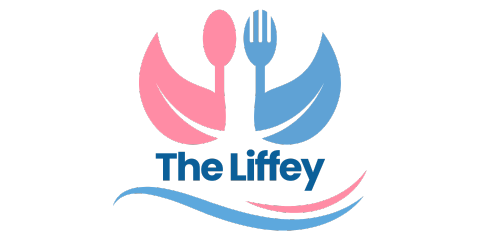
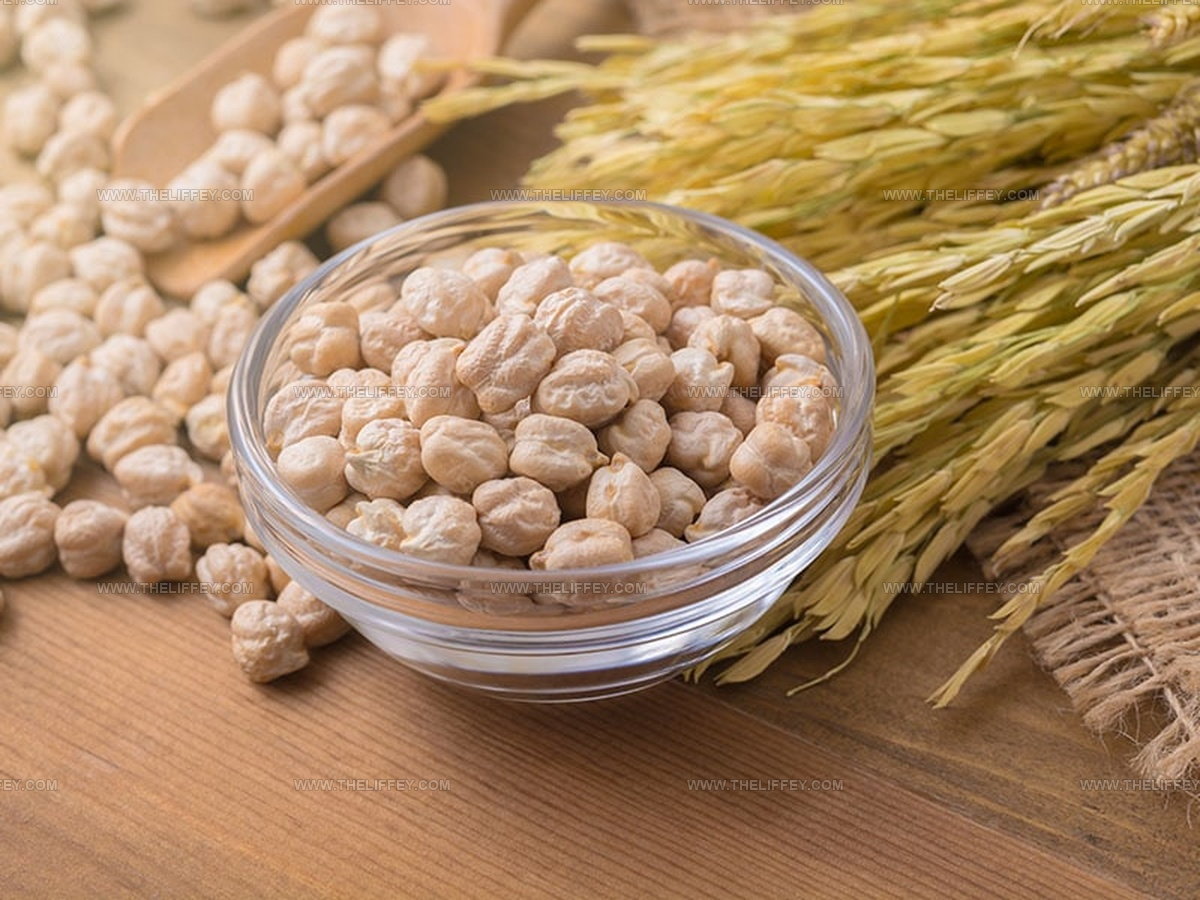
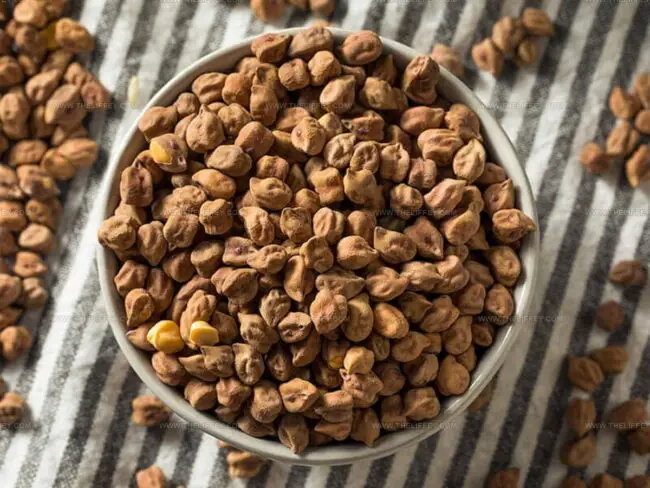
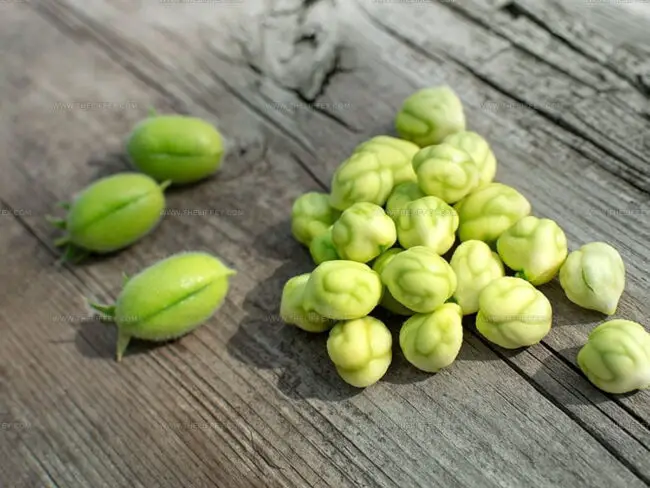
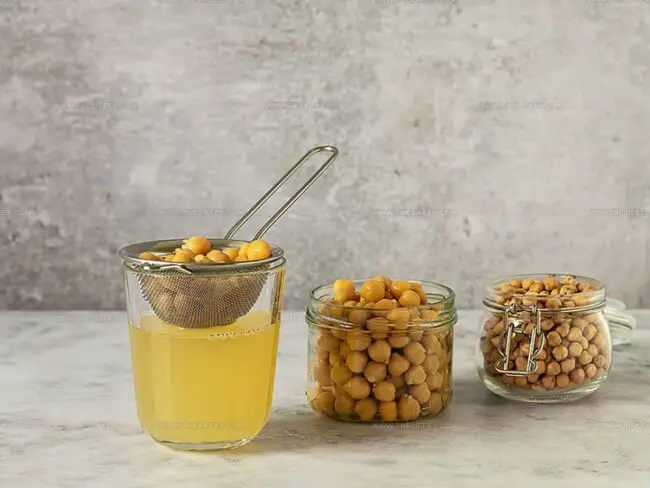
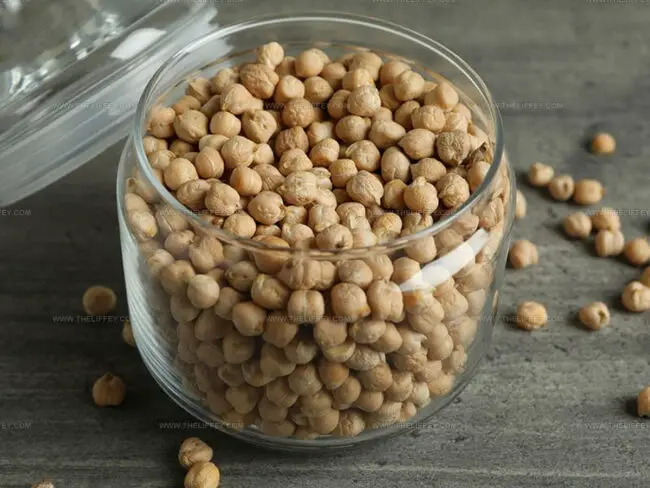
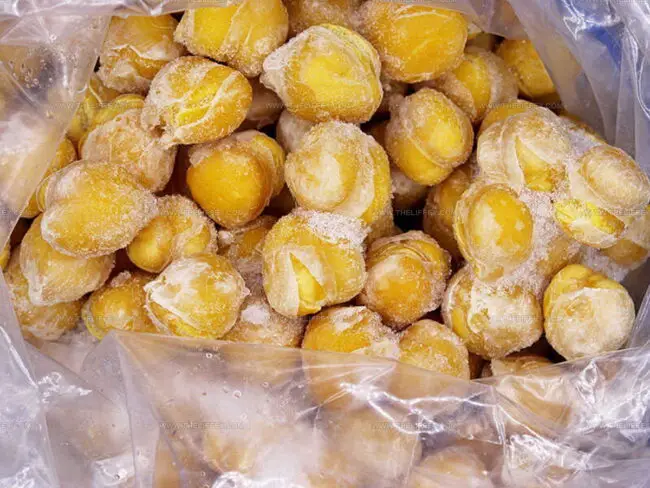
John Conley
Founder & Culinary Storyteller
Expertise
Recipe Development, Culinary Writing, Home Cooking Techniques, Seasonal Ingredient Utilization
Education
Lane Community College, Eugene, OR
Certificate in Culinary Arts
Focused on foundational cooking techniques, kitchen safety, and menu planning.
Gotham Writers Workshop, New York, NY
Course in Food Writing
Explored the art of crafting engaging culinary narratives and recipe development.
John grew up where food meant connection: big bowls, warm kitchens, and meals that told a story. After earning his Certificate in Culinary Arts from Lane Community College and diving deep into food writing at Gotham Writers Workshop, he found his calling: turning everyday recipes into something worth savoring.
At The Liffey, John’s focus is all about crafting dishes that feel easy, honest, and full of heart.